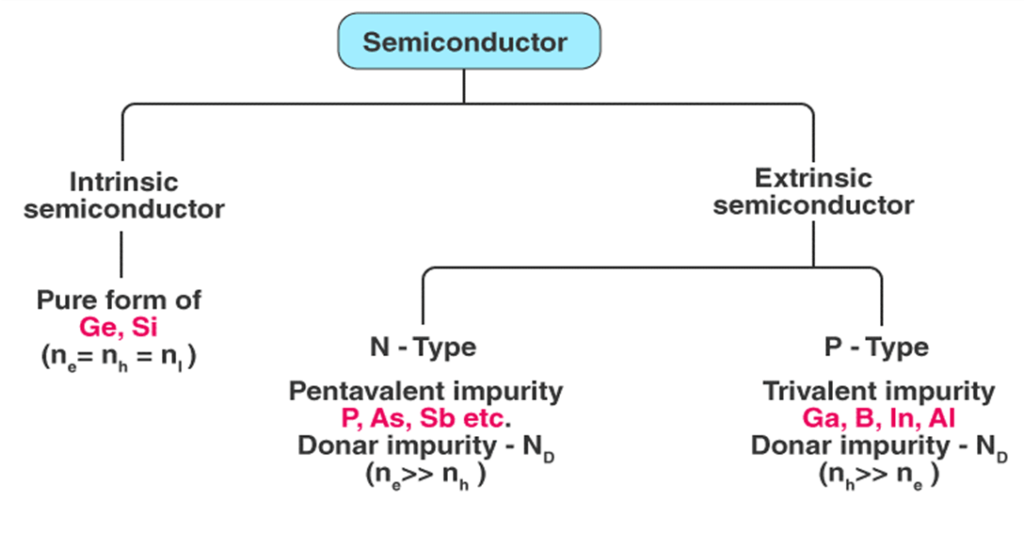Semiconductors are substances that possess unique electrical properties that make them critical components in electronic devices. They are used to make integrated circuits (ICs) and electronic discrete components such as diodes and transistors. India is making efforts to attract more electronics manufacturers to the country and has disbursed around ₹1,645 crore in performance-linked incentives (PLI) for this purpose. The Indian government is also encouraging semiconductor manufacturing in the country.
What are Semiconductors?
A semiconductor is a material that has electrical conductivity properties that are somewhere between those of conductors and insulators. Conductors are substances that allow electric current to pass through them easily, while insulators are substances that do not conduct electricity. Silicon and germanium are common elemental semiconductors. Semiconductors are used in many everyday items such as air conditioners and automobiles, as well as in cutting-edge medical care.

Why is the Government Encouraging Semiconductor Manufacturing?
Semiconductor fabrication units, or fabs, are responsible for turning raw elements such as silicon into integrated circuits that are used in almost all electronic hardware in the world. Fabs are highly capital-intensive, costing billions of dollars for large facilities. India does not want to miss out on the race to manufacture semiconductors, especially as China has pulled ahead of Taiwan in terms of global sales from fabs.
The US has already passed the CHIPS Act, which provides over $280 billion in subsidies and investments to manufacturers opening fabs and making semiconductors in the US.
Fabs in India
While facilities for assembling finished electronic products have been steadily growing in number, fabs for making chipsets and displays are rarer. The Indian government’s Invest India agency estimates that electronics manufacturing as a whole will be worth $300 billion by the financial year 2025–26. To tap into this potential, the government is planning to announce the first semiconductor manufacturing fab in India shortly.
Advantages of India in Semiconductor Manufacturing
- Semiconductor manufacturing involves design and intellectual labor.
- India has an advantage in this area due to a large number of semiconductor design engineers globally being either Indian or of Indian origin.
- Chipmaking companies in India have large facilities that employ Indian talent to work on design problems.
- This advantage is crucial as China is losing control over the supply of semiconductors due to sanctions and an aging population.

Why In News
The Indian government is actively encouraging electronics manufacturers to invest in the country by offering performance-linked incentives (PLI). As part of this initiative, the government has disbursed around ₹1,645 crore in PLI to date. These incentives are aimed at attracting more of the electronics supply chain to India, boosting the country’s economy and reducing its reliance on imports.
MCQs on India’s Efforts to Boost Semiconductor Manufacturing
-
What is a semiconductor?
A. A substance that conducts electricity
B. A substance that does not conduct electricity
C. A substance with electrical properties somewhere between a conductor and an insulator
D. None of the above
-
What is the reason behind the Indian government’s efforts to encourage semiconductor manufacturing in India?
A. To improve automobile safety
B. To reduce the cost of manufacturing electronic devices
C. To compete with other countries in the global market
D. None of the above
-
What advantage does India have in the semiconductor industry?
A. A large number of semiconductor design engineers
B. Low-cost manufacturing facilities
C. Access to rare raw materials
D. Advanced semiconductor fabrication technology
-
What is the reason behind China losing control over the supply of semiconductors?
A. Sanctions
B. An aging population
C. Increased competition
D. None of the above
Boost up your confidence by appearing our Weekly Current Affairs Multiple Choice Questions
![]()


